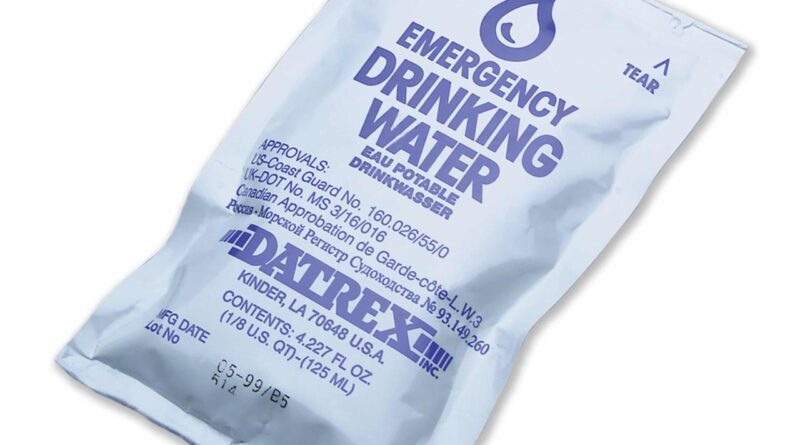Emergency Waters: A Comprehensive Guide To Water Purification And Storage
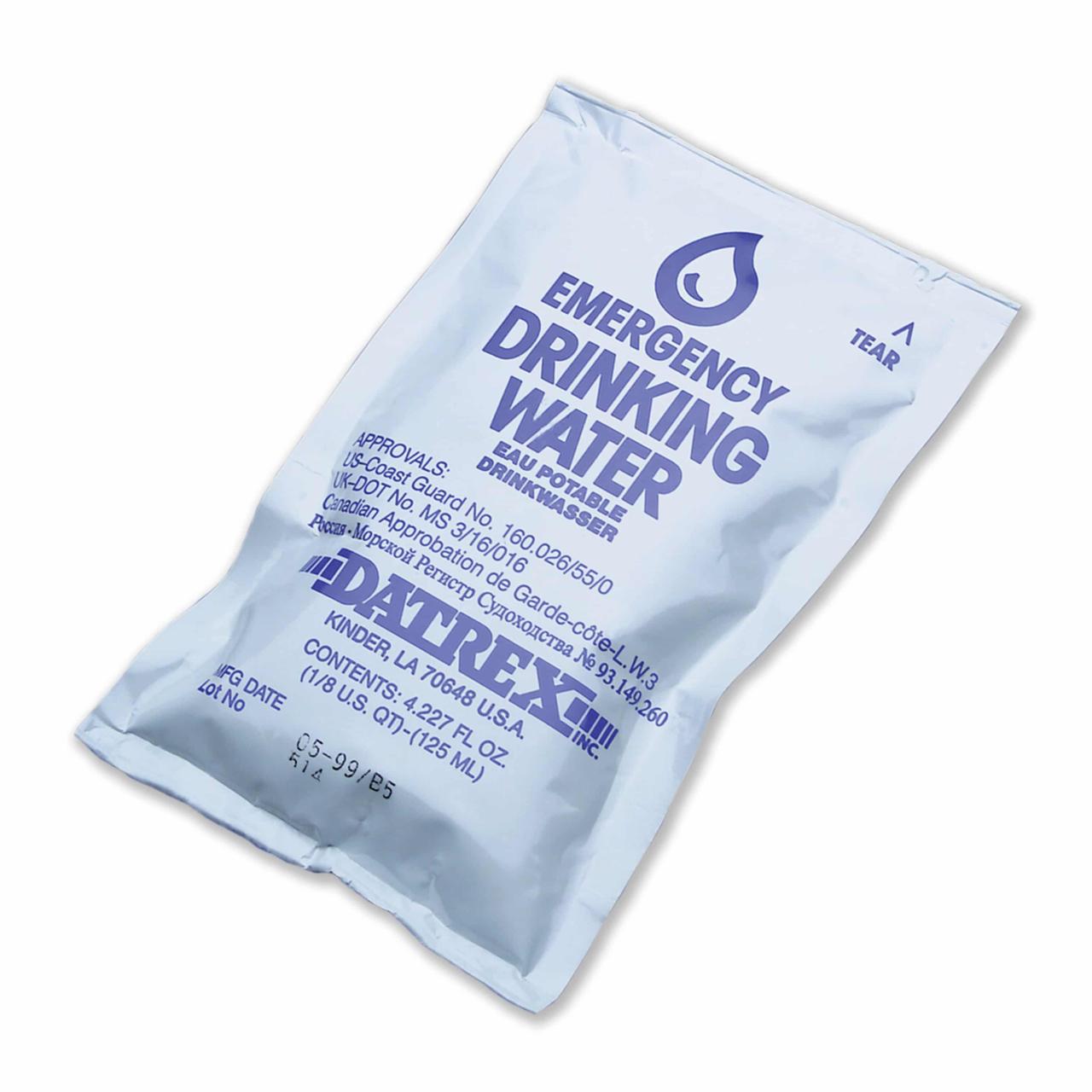
Emergency Waters: A Comprehensive Guide to Water Purification and Storage
Introduction
Access to clean water is essential for human survival, especially during emergencies. Natural disasters, power outages, and other disruptions can compromise water supplies, leaving individuals vulnerable to dehydration and waterborne illnesses. This comprehensive guide provides detailed information on water purification and storage techniques to ensure access to safe drinking water in emergency situations.
Water Purification Methods
1. Boiling
Boiling water is the most effective method of water purification. It kills bacteria, viruses, and parasites by raising the water temperature to 212°F (100°C). To boil water:
- Bring water to a rolling boil for at least 1 minute.
- If at high altitudes (above 6,500 feet), boil for 3 minutes.
- Let the water cool before drinking.
2. Filtration
Water filters remove impurities and contaminants from water. There are various types of filters available:
- Mechanical filters: Use a physical barrier to trap particles, such as sediment and debris.
- Chemical filters: Use chemicals, such as chlorine or iodine, to kill microorganisms.
- Activated carbon filters: Remove chemicals, odors, and tastes from water.
3. Chemical Disinfection
Chemical disinfection involves adding chemicals to water to kill microorganisms. Common disinfectants include:
- Chlorine: Can be added in the form of tablets, drops, or granules.
- Iodine: Available as tablets or drops.
- Potassium permanganate: A strong oxidizer that kills bacteria and viruses.
4. Solar Disinfection (SODIS)
SODIS is a simple and effective method of water purification using sunlight. To use SODIS:
- Fill a clear plastic bottle with water.
- Place the bottle in direct sunlight for at least 6 hours.
- The UV rays from the sun will kill microorganisms.
5. UV Light
UV light can also be used to disinfect water. UV water purifiers emit ultraviolet radiation that kills microorganisms.
Water Storage
1. Containers
Choose water storage containers that are:
- Food-grade plastic or stainless steel
- BPA-free
- Durable and leak-proof
- Easy to clean and disinfect
2. Storage Location
Store water in a cool, dark, and dry place. Avoid storing water in direct sunlight or near heat sources.
3. Rotation
Regularly rotate your water supply to prevent stagnation. Use the oldest water first and replenish the supply as needed.
4. Disinfection
Disinfect water storage containers before use and periodically thereafter. Use a bleach solution (1 teaspoon of bleach per gallon of water) or a commercial water storage disinfectant.
Emergency Water Planning
1. Determine Water Needs
Estimate the amount of water needed for drinking, cooking, and hygiene for each person in your household. A general guideline is 1 gallon per person per day.
2. Gather Water Sources
Identify potential water sources in your area, such as:
- Municipal water supply
- Wells
- Rainwater collection
- Natural water sources (e.g., rivers, lakes)
3. Purification and Storage
Choose appropriate water purification methods and store water in designated containers. Ensure you have enough supplies to meet your needs for at least 3 days.
4. Emergency Kit
Include water purification and storage supplies in your emergency kit. Consider items such as:
- Water filter
- Water purification tablets
- Water storage containers
- Bleach
Additional Considerations
1. Water Quality Testing
If possible, test your water source for contaminants before using it. Contact your local health department or a certified water testing laboratory for testing services.
2. Water Conservation
Conserve water during emergencies by:
- Taking shorter showers
- Flushing toilets less frequently
- Using a bucket for bathing
- Reusing water for non-drinking purposes
3. Health Risks
Drinking contaminated water can lead to serious health risks, including:
- Dehydration
- Diarrhea
- Vomiting
- Waterborne illnesses (e.g., cholera, typhoid)
4. Education and Training
Educate yourself and your family on water purification and storage techniques. Consider attending training courses or workshops offered by local organizations.
Conclusion
Access to clean water is crucial for survival during emergencies. By understanding water purification and storage methods, you can ensure your household has a safe and reliable water supply. Remember to plan ahead, gather necessary supplies, and educate yourself on best practices. With proper preparation, you can navigate water emergencies with confidence and protect your health and well-being.
5 Best Emergency Waters for Survival and Preparedness
1. Aquamira Frontier Max Water Filter and Purifier
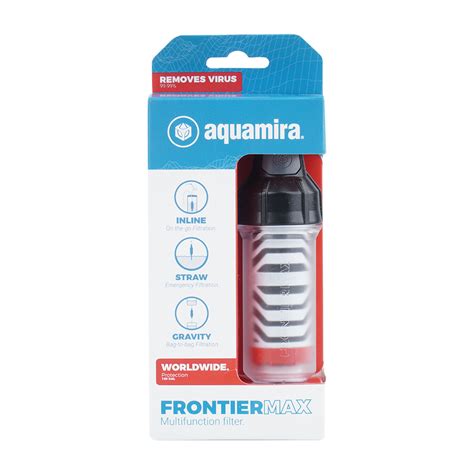
The Aquamira Frontier Max is a compact and lightweight water filter that removes 99.9999% of bacteria, viruses, and protozoa. It’s ideal for backpacking, camping, and other outdoor activities where access to clean water is limited.
2. Sawyer Mini Water Filter
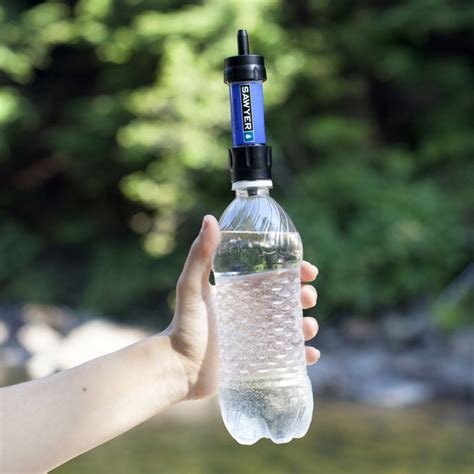
The Sawyer Mini is a popular choice for hikers and backpackers due to its small size and high efficiency. It removes 99.99999% of bacteria and protozoa, and it can be used to filter up to 100,000 gallons of water.
3. Katadyn BeFree Water Filter
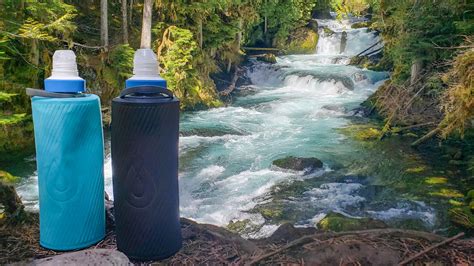
The Katadyn BeFree is a versatile water filter that can be used for both backpacking and travel. It features a unique hollow fiber membrane that removes 99.9999% of bacteria and protozoa, and it can be easily cleaned in the field.
4. LifeStraw Personal Water Filter
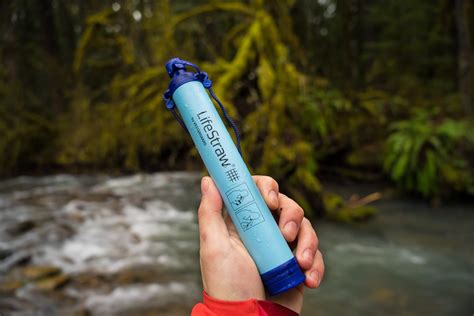
The LifeStraw Personal Water Filter is a simple and effective way to purify water in the field. It’s small and lightweight, making it easy to carry on your person, and it removes 99.9999% of bacteria and protozoa.
5. SteriPEN Ultra UV Water Purifier
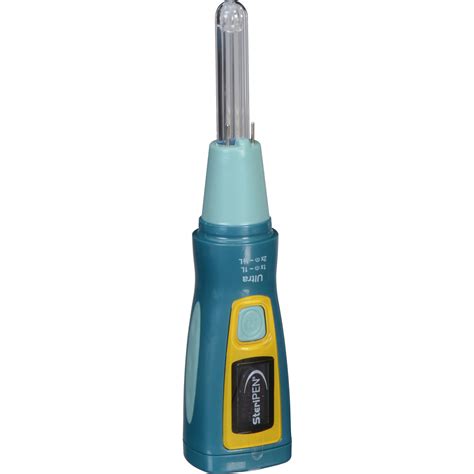
The SteriPEN Ultra UV Water Purifier is a chemical-free way to purify water. It uses ultraviolet light to kill 99.9999% of bacteria and viruses, and it’s easy to use and maintain.
